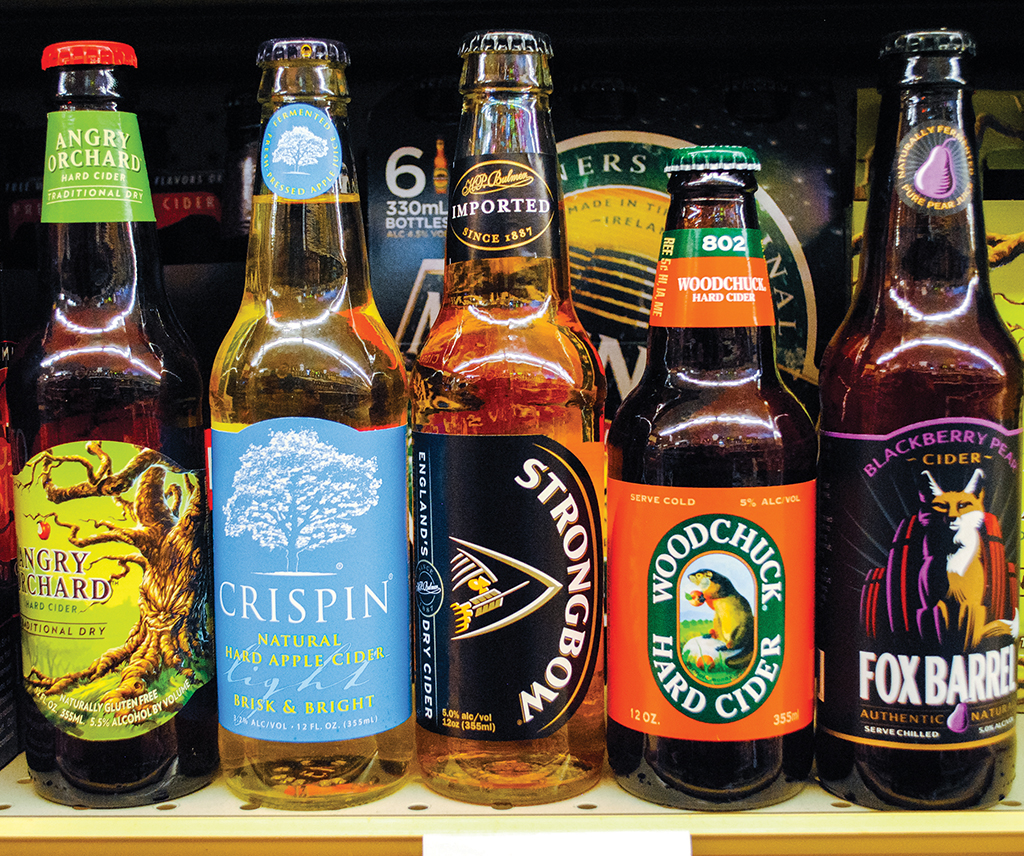What is Gluten Free?
By Justin Shannin
The gluten-free lifestyle, touted by Hollywood stars like Gwyneth Paltrow, is gaining prominence as one of the newer fad diets for weight loss and overall well-being. It used to be challenging to find affordable and appetizing gluten-free products, but with the recent buzz, gluten-free selection has surged and food labels now often indicate the presence of gluten. But the increased awareness of gluten itself does not necessarily mean people understand celiac disease and other forms of gluten intolerance, which medically require a gluten-free diet.
Celiac disease is an autoimmune disorder that causes the body’s T-cells to attack gliadin, one of the two proteins that comprise gluten, which most commonly appears in wheat, barley and rye. Bar Hass, a freshman at Randolph-Macon College who was diagnosed with celiac at thirteen, admits that people “look confused” when he mentions celiac disease, so he usually simplifies it as “wheat allergies.”
These simplifications belie the range of products with which celiac disease may react. Products that claim to be “wheat-free” are not necessarily gluten-free. Malt, an ingredient used in beer, Whoppers and malted milkshakes, often contains gluten. Cross-contamination can also be a hidden culprit of gluten. While strawberry jam is gluten-free by nature, dipping the spreading knife back into the jar after using it on bread may transfer enough gluten to induce a reaction. Like many food allergies, gluten intolerance is a spectrum: some people may be affected by small amounts of gluten in a product, and others may not.
The idea of gluten intolerance and celiac disease may sound scary to bread and pasta lovers, but there are alternatives. Rice, corn and potatoes produce gluten-free flours used to make gluten-free pasta, dough and bread that can be found in national brands like Betty Crocker and at independent, gluten-free bakeries. Hass says that celiac disease “should not be seen as a limitation but should strengthen one’s awareness in becoming a healthier and stronger person.”
Where to Go
By Jacob Greenberg
Blind Faith Café
Rating: 3 1/2
Price: $$
Tues-Thurs 11am-9pm, Fri 11am-10pm, Sat 9am-10pm, Sun 9am-9pm
525 Dempster Street, Evanston / (847) 328-6875
Often seen as a pioneer of Chicago’s vegetarian food scene, Blind Faith Café has been revolutionizing meat-free dining for over 30 years. More recently, the restaurant has been recognized for its unique gluten-free menu options. Although Blind Faith is located a few blocks from the center of Evanston, its location offers a relaxing escape from an all-too-hectic college life. The longer walk is worth it, not just for vegetarians and those with celiac disease, but also for anyone craving food that doesn’t sacrifice flavor for health.
For a starter, choose the restaurant’s sweet potato fries ($6.50). They are crispy and sturdy enough to hold up when dipped in zesty chipotle ketchup. For a pleasantly refreshing kick, try the Greek village salad ($8.50) or the Blind Faith Salad ($8.50) with mixed greens, jack cheese, cashews, onion, avocado and white miso dressing.
For a heartier main dish, opt for the enchiladas verdes ($14.50), which are generously cheesy and topped with freshly-made guacamole. A large part of Blind Faith’s menu is made up of vegan and gluten-free takes on ethnic cuisine, like the Mongolian stir fry ($15.50) and Korean bibim bap ($14.50). Moreover, Blind Faith’s portions are huge. Split an entrée and save some room (and cash) for a dessert from the restaurant’s in-house bakery, which offers a variety of gluten-free baked goods. Though Blind Faith’s prices are a little higher than most students are used to, the delicious and dietary-restriction-friendly cuisine is worth it, even for the most committed carnivores.
What to Drink
By Annie Trimber

LIQUOR:
Whiskey and gin always contain gluten, but depending on what brand, tequila, rum and vodka may not. Some vodkas, like Smirnoff, are made from corn or potato, while others are made from wheat. But avoid drinks like Smirnoff Ice and Mike’s Hard Lemonade, which contain malt, a wheat ingredient. For a “classier” vodka, go for Chopin or Tito’s, which are made from potato and corn, respectively. If it’s a tequila type of night, Jose Cuervo is a great choice. Most tequilas are gluten-free, but there’s always a chance some cheaper brands won’t stick to the traditional methods of production. Most rums are also gluten-free, including Bacardi and Captain Morgan, but be careful to avoid rums that contain “natural flavors.”
BEER AND WINE:
Most party beers like your classic Natty Light are made from grains that contain gluten. When searching for a gluten-free beer, look for one made from millet, rice, sorghum or corn. Check out Binny’s for the most variety. Favorites among gluten-freebies include Two Brother’s Prairie Path and Estrella Damm Daura for their complex flavors and rich taste similar to that of regular beers. For a lighter beer, try Redbridge. If you’re planning on a night full of classy or even not-so-classy wine, you are set; from Carlo Rossi to Chateau Lafite, all wines are gluten-free.
HARD CIDER:
Good news — all hard apple ciders are gluten-free. Most bars will have at least one cider on tap, and bottles can easily be found at local stores. If you’re looking for a cider that’s not too sweet, go for the imported Strongbow or Magners. For a sweeter flavor, try Angry Orchard, Fox Barrel or Woodchuck.
Check out two great gluten-free recipes: flourless fudge brownies and inside-out spinach artichoke pizza.


